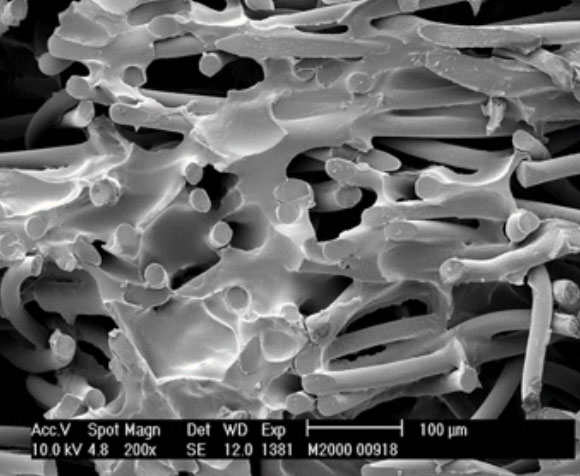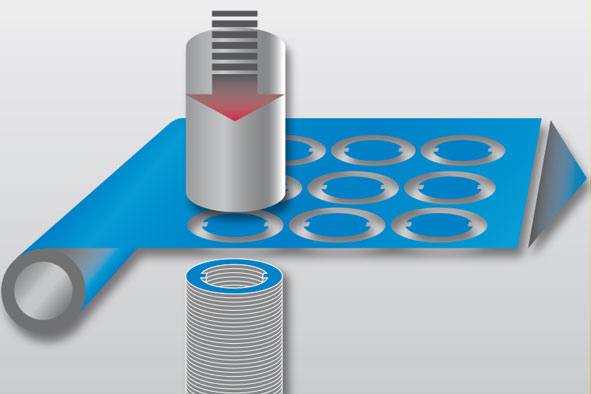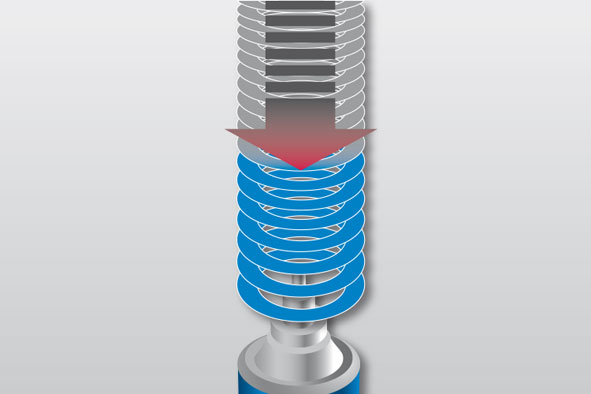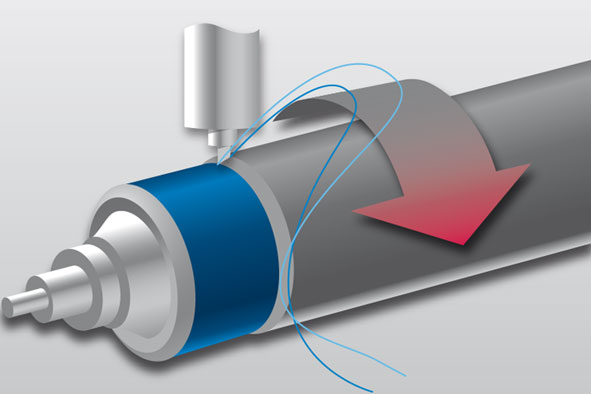FKM to contact: +49 203 348 339-0 | FKM-Germany: DE
Non-woven products are fabrics made of fibers that are not woven or knitted together but placed in an irregular, felted structure. Basic fiber materials are often finished with an impregnating mass to improve the properties to comply with requirements.
Many possible fibers and impregnations, as well as any number of procedures for producing the fiber basis and the impregnation, are available. As a result, non-wovens are a material class with an enormous variety of properties.
FKM does not produce any non-wovens for roll coverings on its own. We need partners with the corresponding elaborate production facilities for this. However, FKM has the competence of developing specifications and determining suitable recipes for fibers and binder materials for the non-woven manufacturers to use.
A roll covering is subject to a special combination of desired properties:
Polyamide fibers have turned out to be particularly useful, though polypropylene fibers are also great where chemical resilience is needed. Synthetic rubbers are used as binders. However, other elastomer materials are viable options as well. The process described above results in a web as input material for further processing into a roll covering.
The following scanning electrode microscope recording gives an impression of the finished fiber and binder structure.

Production of non-woven roll linings
Three process steps make up the path from the flat non-woven to the roll covering:

First, rings are punched from the non-woven web, to be stacked in portions.

In the second step, the non-woven rings are pushed onto a roll shaft and axially pressed.

Finally, the pressed covering is pre-turned on a turning machine and ground to the desired roughness.